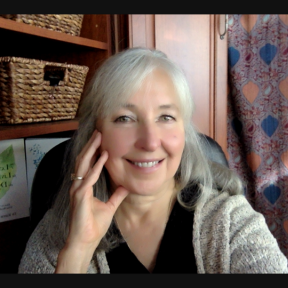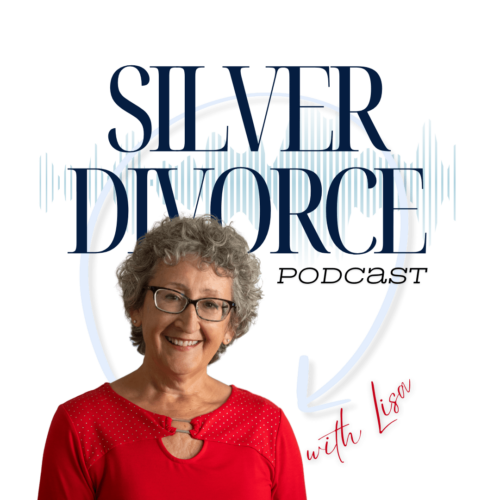Introducing Compassionate Callers, an unique calling service dedicated to connecting loved ones and clients of all ages. Our mission is to provide reliable, affordable and compassion support through up to 5 calls per day, 7 days a week. We offer a wide range of services designed to enhance the well-being and quality of life for our clients.
For individuals in need of regular reminders for medication and meal schedules, encouragement for physical therapy exercises or a true pro-active fall alert. We cater to a diverse array of needs with each client getting their own assessment and care plan which ensures that each call made serves a purpose.
Beyond the practice assistance, our service is a lifeline for the elderly, combating the scourge of loneliness. We go the extra mile by offering a monthly activity kit to engage and enrich their lives to stimulate both their minds and hands. These monthly activity kits provide an invaluable benefit to our aging population.
For busy parents juggling full-time jobs and latchkey kids returning home to an empty house, Compassionate Callers step in to provide reassurance and connection. We call children upon their return home from school and continue to check in throughout the afternoon until their parents return, creating a safer and more connected environment.
Additionally, Compassionate Callers is an invaluable HR benefit for employers looking to support their full-time employees who are also full-time family caregivers. Research has consistently shown that individuals in this dual role face a productivity decline of at least 18%, a number that only escalates with mounting stress at home and work. By assuming up to 5 phone calls, 7 days a week, we help these employees regain their productivity, reducing stress and improving their overall work-life balance.
Compassionate Callers is not just a service; it’s a lifeline, a support system and a solution for a healthier, happier and more connected life for everyone we serve.


























